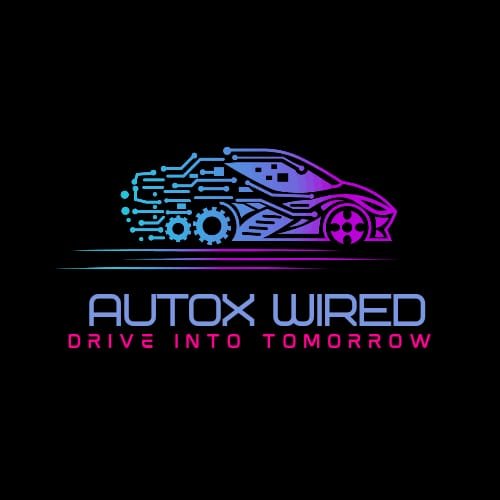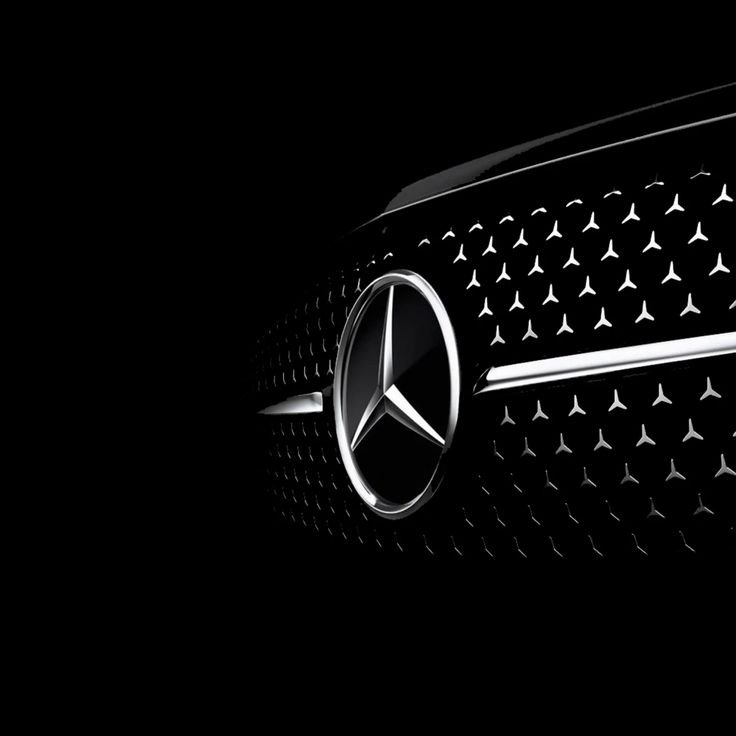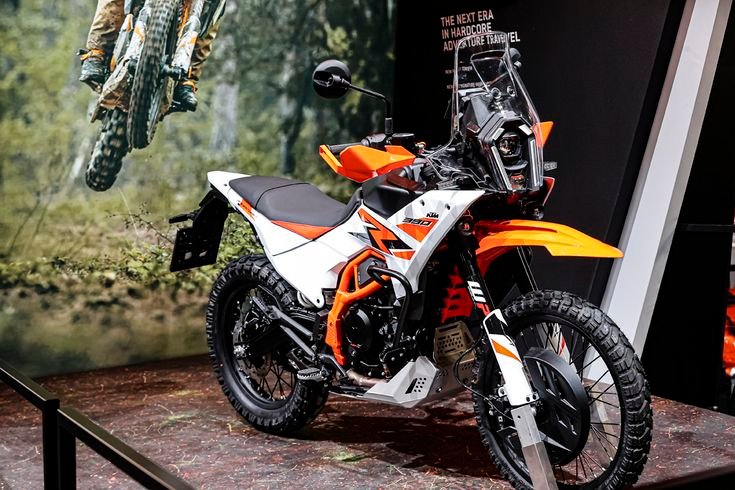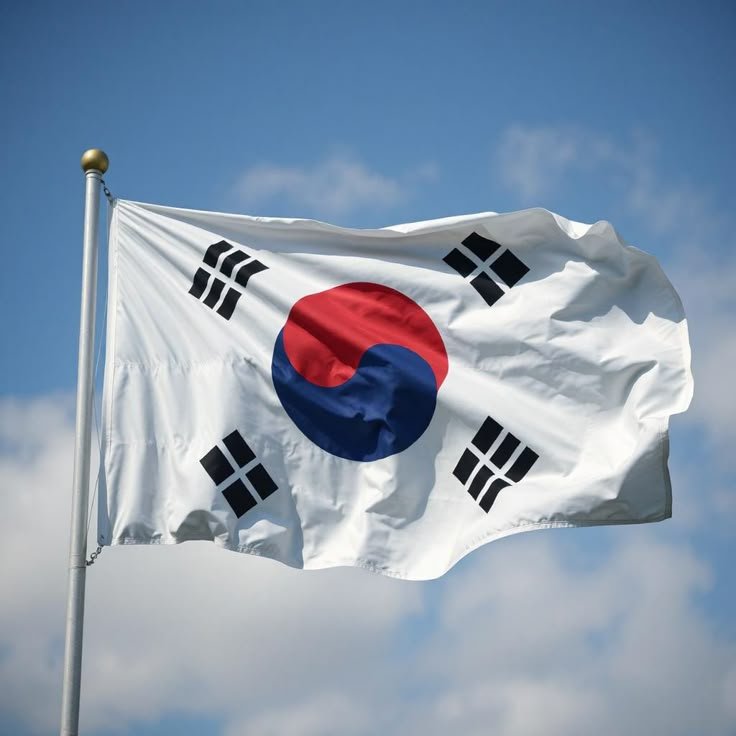
Tesla, the trailblazer in the electric vehicle (EV) market, has seen its once-dominant position erode as competition intensifies. According to estimates published by Cox Automotive, a leading auto industry research firm, Tesla’s market share in the US for electric vehicles slipped below 50% for the first time in the second quarter of the calendar year. This development marks a significant shift in the EV landscape, underscoring the growing competition and diversification within the market.
Tesla’s Market Share Decline
From April through June, Tesla accounted for 49.7% of electric vehicle sales in the US, a noticeable decline from 59.3% in the same period a year earlier. This drop signifies a substantial loss of ground to competitors such as General Motors, Ford Motor, Hyundai, and Kia. Cox Automotive, which bases its estimates on registrations, company reports, and other data, highlighted that this was the first instance of Tesla’s market share dipping below the 50% mark in a quarter.
Growing Competition
Tesla’s decline in market share is not an indication of faltering sales. On the contrary, the overall sales of battery-powered cars surged to a record high in the same period. Americans bought or leased more than 330,000 electric cars and light trucks during the quarter, which represented 8% of all new cars sold or leased in the three-month period, up from 7.2% a year earlier. This 11.3% increase in EV sales from a year earlier demonstrates that consumer demand for electric vehicles remains robust, even if the rate of growth has moderated compared to previous years.
The Rise of Competitors
Tesla’s waning market share can be attributed to the surge in competition. A few years ago, Tesla had few competitors capable of matching its cars’ driving range on a full charge or acceleration. However, established automakers have since stepped up their game, introducing electric vehicles that rival and sometimes surpass the capabilities of Tesla’s offerings. Companies like General Motors, Ford, Hyundai, and Kia have launched EV models that offer comparable range and performance, providing consumers with a wider array of choices.
General Motors and Ford: Major Contenders
General Motors (GM) and Ford Motor Company have been at the forefront of this competitive push. GM has aggressively pursued the EV market with its Chevrolet Bolt and the upcoming electric versions of its popular models like the Silverado and Hummer. Ford, on the other hand, has made significant strides with its Mustang Mach-E and the electric F-150 Lightning, which have both garnered strong consumer interest.
Hyundai and Kia: The Korean Challenge
Hyundai and Kia have also emerged as formidable competitors in the EV space. Hyundai’s Ioniq 5 and Kia’s EV6 have been well-received for their design, performance, and range, contributing to the increasing market share of these brands in the EV sector. Both companies have committed to expanding their electric vehicle lineups in the coming years, signaling a sustained challenge to Tesla’s dominance.
Technological Advancements and Consumer Preferences
The technological advancements in battery efficiency and the expansion of charging infrastructure have also played a role in leveling the playing field. Consumers now have access to EVs that can travel 300 miles or more on a single charge, which was once a benchmark dominated by Tesla. This parity in range and the increasing availability of fast-charging stations have reduced one of Tesla’s key competitive advantages.
Strategic Shifts at Tesla
In response to the growing competition, Tesla has made several strategic shifts. The company has focused on expanding its production capabilities with new factories in Texas and Germany, aimed at increasing output and reducing costs. Tesla has also continued to innovate, with advancements in its battery technology and the introduction of new models like the Cybertruck and the Semi.
The Broader EV Market
The broader EV market’s growth highlights a significant shift in consumer preferences and regulatory landscapes. Governments around the world, including the US, have implemented policies to encourage the adoption of electric vehicles as part of efforts to combat climate change. These policies include subsidies, tax incentives, and stricter emissions regulations, all of which have spurred consumer interest in EVs.
Market Dynamics and Future Outlook
The market dynamics suggest that while Tesla will continue to be a major player in the EV market, its days of unchallenged dominance are likely over. The increasing number of players in the market will lead to more competition, potentially benefiting consumers through better prices and more options.
Moreover, as traditional automakers ramp up their EV production and new startups enter the market, the overall landscape is set to become even more competitive. Companies are investing heavily in research and development to bring cutting-edge technology to their EV offerings, further enhancing their appeal to consumers.
Consumer Demand and Technological Evolution
Consumer demand for EVs remains strong, driven by increasing environmental awareness, rising fuel prices, and the desire for the latest automotive technology. The transition from internal combustion engine vehicles to electric vehicles is accelerating, supported by improvements in battery technology, charging infrastructure, and vehicle performance.
Technological evolution continues to be a critical factor in the EV market. Innovations in battery chemistry, such as solid-state batteries, promise to deliver higher energy densities and faster charging times. These advancements will likely further boost the adoption of electric vehicles, as they address some of the key concerns of potential buyers.
The Role of Policy and Infrastructure
Government policy and infrastructure development will play a crucial role in shaping the future of the EV market. Policies that support the development of charging networks, provide incentives for EV purchases, and mandate stricter emissions standards will be instrumental in driving EV adoption. The development of a robust and accessible charging infrastructure is particularly important, as it addresses one of the primary barriers to EV adoption.
The Global Perspective
While this article focuses on the US market, it is important to consider the global perspective. Tesla’s market share dynamics in other regions, such as Europe and China, also reflect similar trends of increasing competition. In Europe, traditional automakers like Volkswagen and Renault have made significant inroads into the EV market, while in China, local manufacturers such as NIO and BYD are rapidly expanding their presence.
Tesla’s market share falling below 50% in the US EV market marks a pivotal moment in the industry. While Tesla remains a key player, the rise of competitors like General Motors, Ford, Hyundai, and Kia signifies a more diversified and competitive market landscape. This increased competition is likely to drive innovation, improve consumer choice, and accelerate the adoption of electric vehicles.
The broader growth of the EV market underscores the ongoing shift towards sustainable transportation. As technology continues to evolve and government policies support the transition, the future of the automotive industry looks increasingly electric. Tesla’s ability to adapt to these changes and maintain its competitive edge will be crucial in determining its role in this rapidly evolving market.
ALSO READ: Top 5 Affordable Electric Vehicles with a Touch of Class





